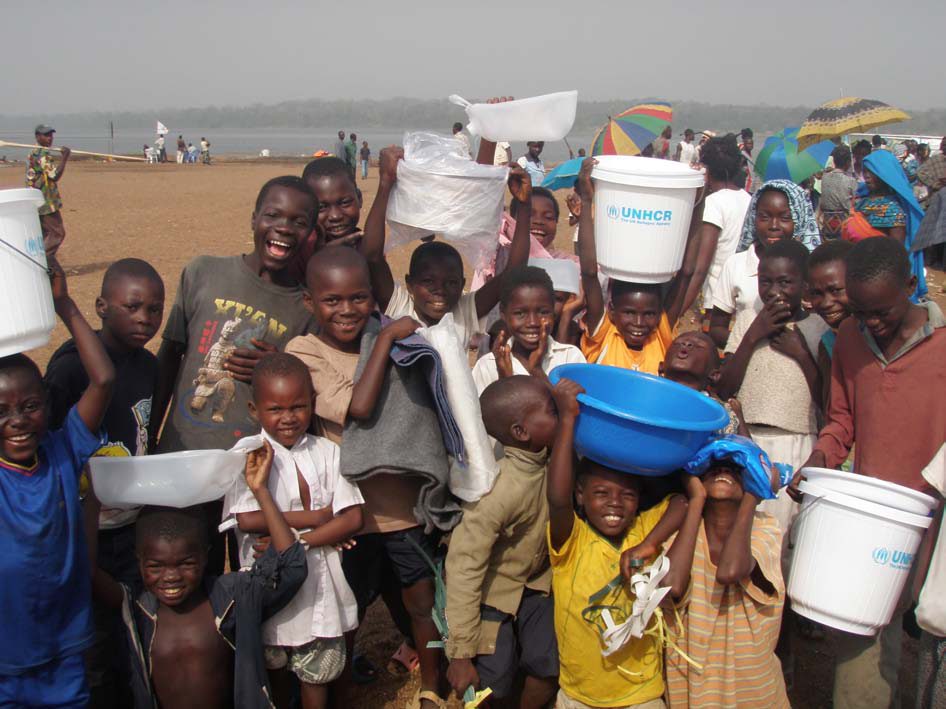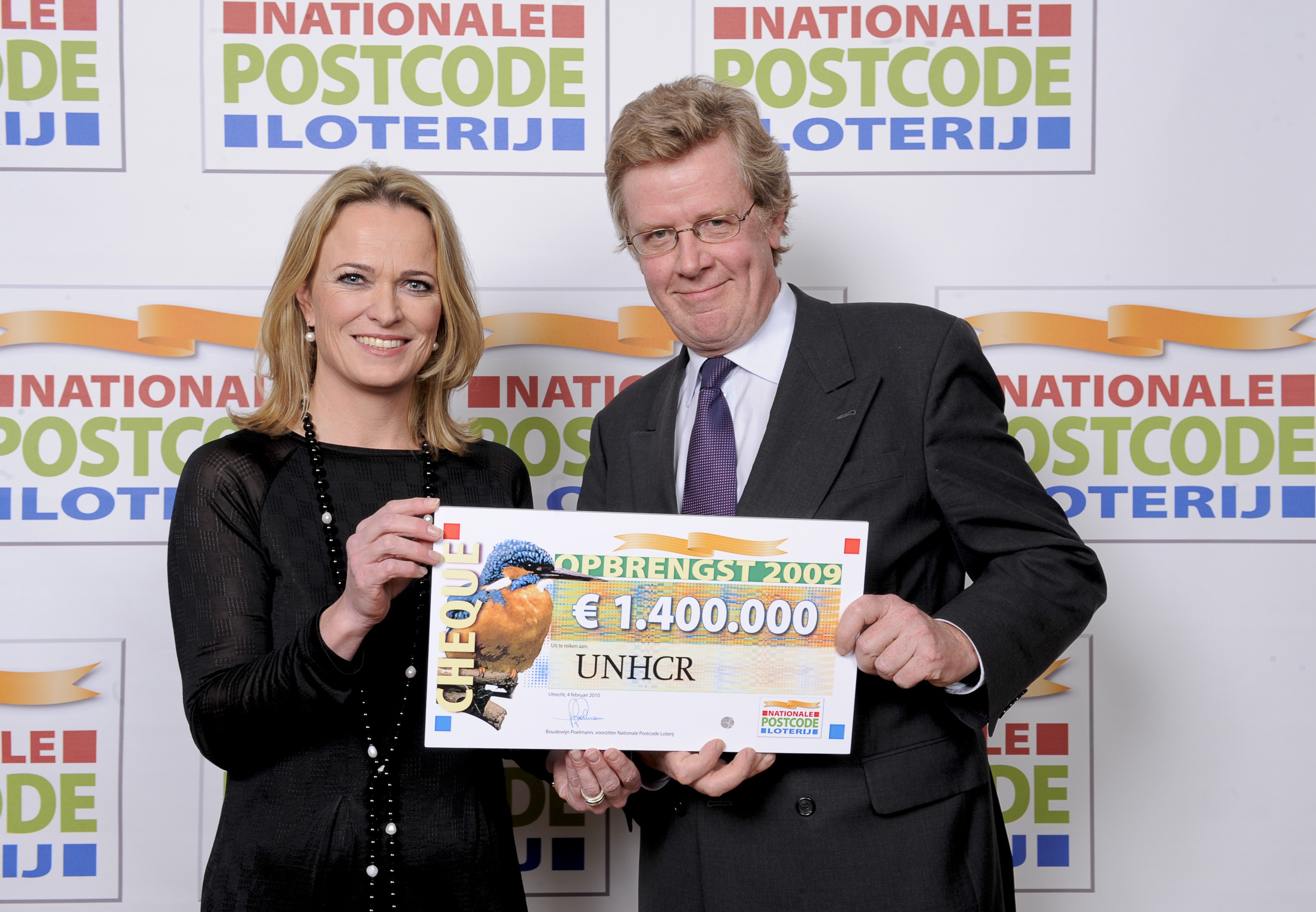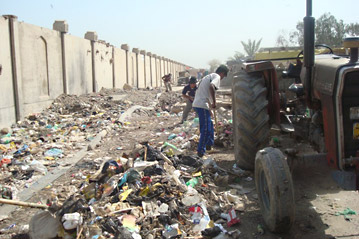Report highlights humanitarian concerns in Colombia's Putumayo region
Report highlights humanitarian concerns in Colombia's Putumayo region

BOGOTA, Colombia, July 14 (UNHCR) - Forced displacement remains a major problem in southern Colombia's volatile Putumayo department, according to a report by six local and international non-governmental organizations. But the UN refugee agency says continuing opposition to the violence gives some room for hope in the border region.
The report released in Bogota last Thursday was based on the findings of a recent monitoring mission to the Putumayo region, in which the UN refugee agency took part as an international observer.
The report authors identified forced displacement, along with the "absence of clear mechanisms to guarantee the enjoyment of various civil and human rights and the singling out and persecution of community leaders and human rights defenders," as the main humanitarian concerns in Putumayo.
The region is one of the epicentres of Colombia's internal conflict, with a strong presence of irregular armed groups and a militarization of the area. It is one of 15 priority regions for UNHCR in Colombia because of the high incidence of forced displacement, both internal and across the border to Ecuador.
The report identified several highly vulnerable groups, including children at risk of forced recruitment by irregular armed groups; indigenous groups; and females at risk of violence and sexual exploitation. It also said that communal leaders, both indigenous and others, are at high risk of being stigmatized and persecuted.
The Putumayo region is the traditional home of several indigenous groups. But the violence threatens the very existence of many of them, including the Cofán, the Siona and the Nasa. For indigenous people, the loss of their homes leads to a rupture in communal and spiritual ties.
"In our case, it is not possible to speak of displacement to another place, but of displacement within ourselves," a Cofán representative said at the launch of the report. "When the spirituality dies within us, that to us is displacement," he added.
But a senior UNHCR official found there was still some room for hope. "If the general panorama of displacement in Colombia is one of light and shadows, it can be said that in the Putumayo region there are unfortunately more shadows than lights," said Roberto Mignone, UNHCR's deputy representative in Colombia.
"One of the strongest lights comes from individual people, social associations and indigenous associations standing for their rights," he added. "There is a risk that these lights too could die out, that's why it is so important to be with them and make their situation visible."
UNHCR also stressed the importance of the report as a crucial source of information for all involved in protecting displaced people. The refugee agency has been working in Putumayo since 2000 to support the government's efforts to protect and assist displaced people. With a field office in the departmental capital, Mocoa, it runs frequent missions to other parts of the region and works side-by-side with displaced people and local communities.

As well as monitoring and providing information and legal assistance, UNHCR runs a number of practical projects for communities in the areas worst affected by forced displacement. For example, it helps to build and run boarding schools in villages along the Putumayo River to house displaced children from remote communities who otherwise would not be able to go to school.
In the last few years, the rate of forced displacement in Putumayo has been almost eight times higher than the national average. With just 0.6 percent of the national population, the region accounts for 5 percent of all registered cases of forced displacement in Colombia.
The NGOs behind the report were MINGA (Associación para la Promoción Social Alternativa); Comisión Intereclesial de Justicia y Paz; CODHES; Coalicación contra la vinculación de niños, niñas y jóvenes al conflicto armado en Colombia; Mesa de Trabajo Mujer y Conflicto Armado; Pastoral Social Caritas Colombia/Catholic Relief Service.
By Marie-Hélène Verney in Bogota, Colombia








